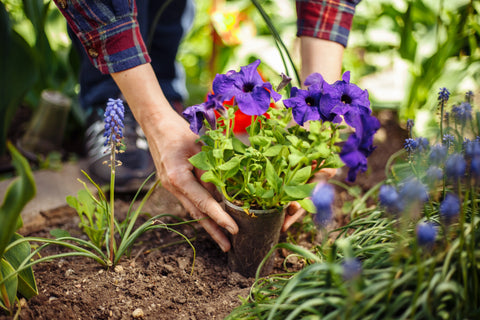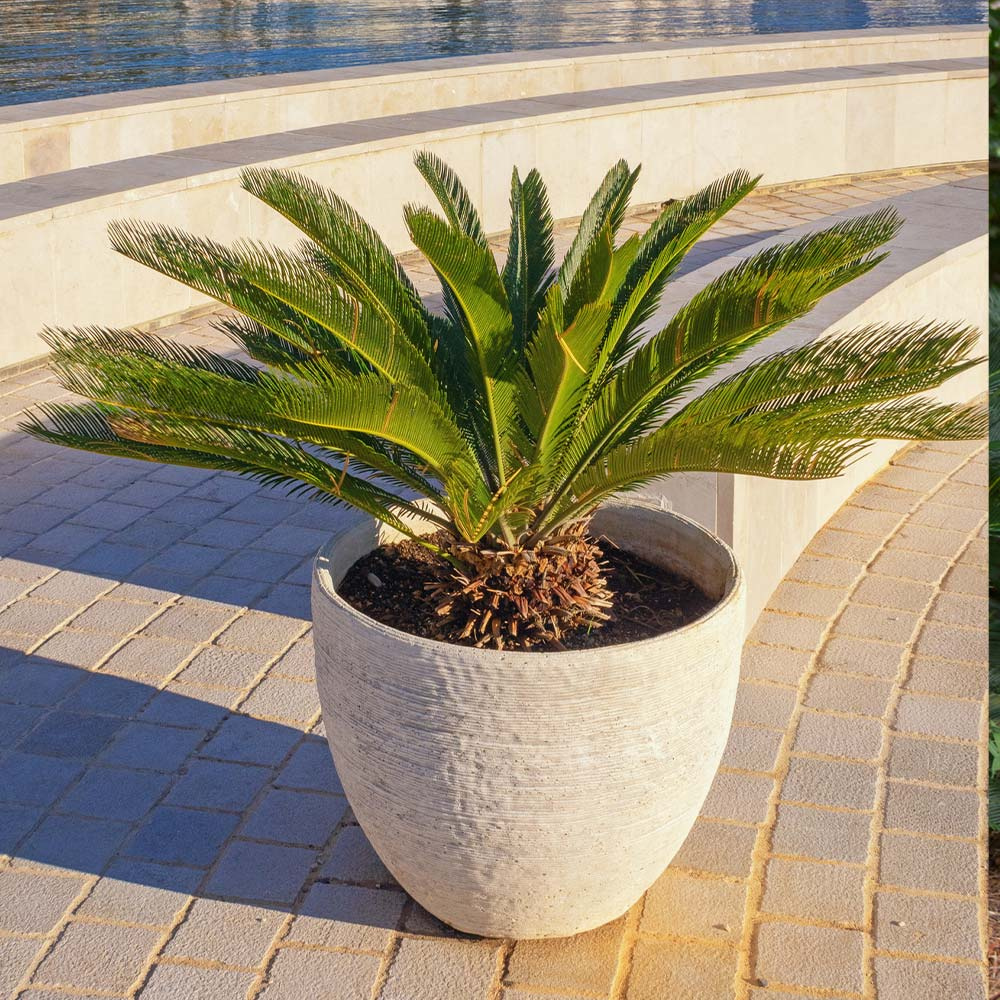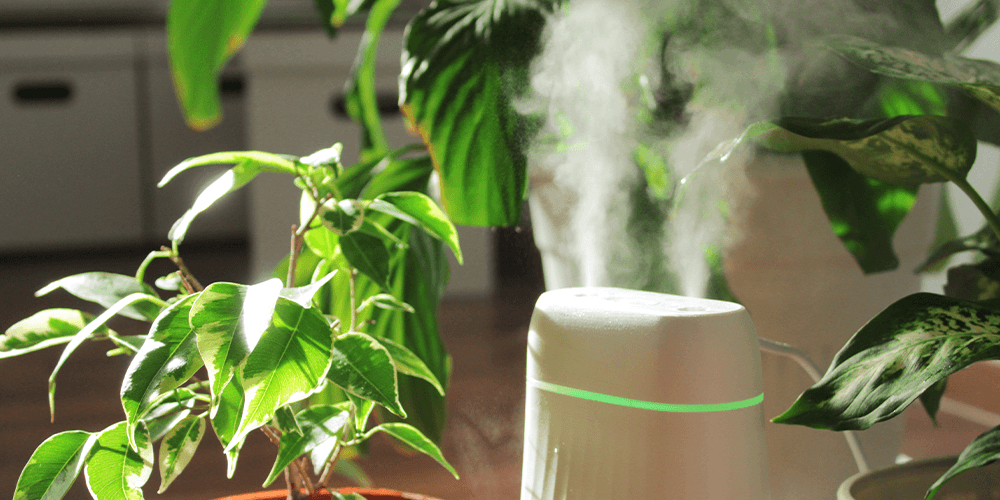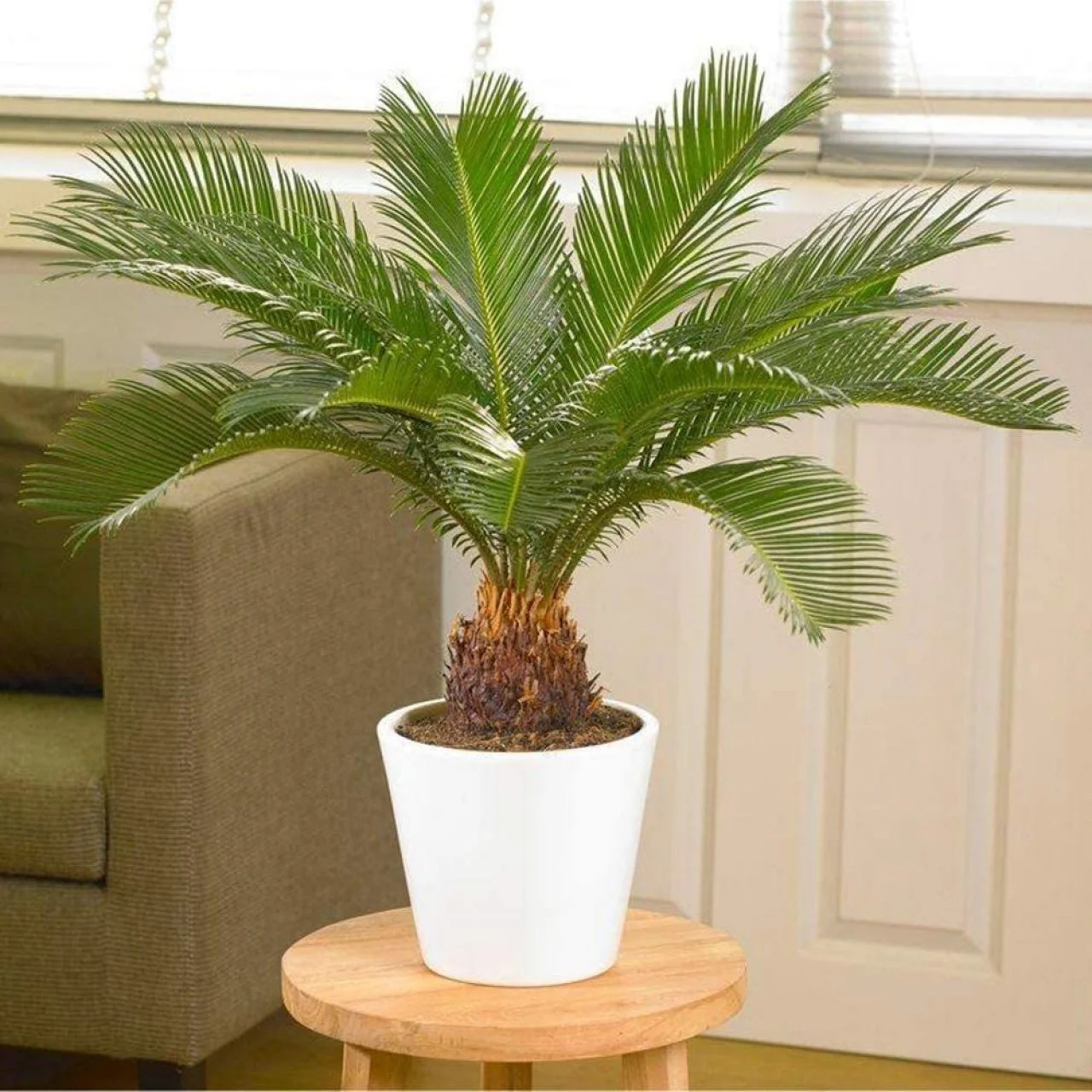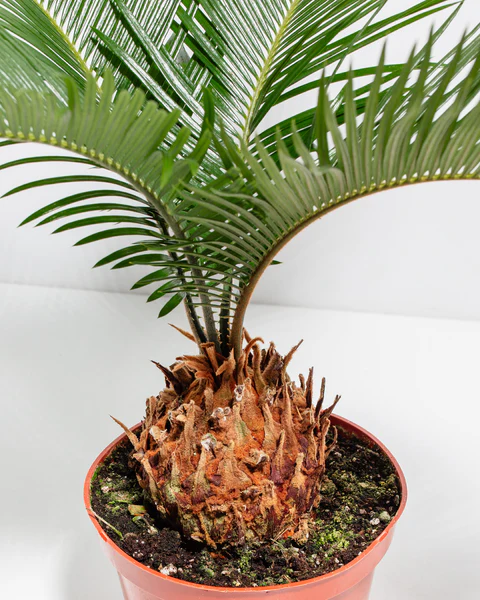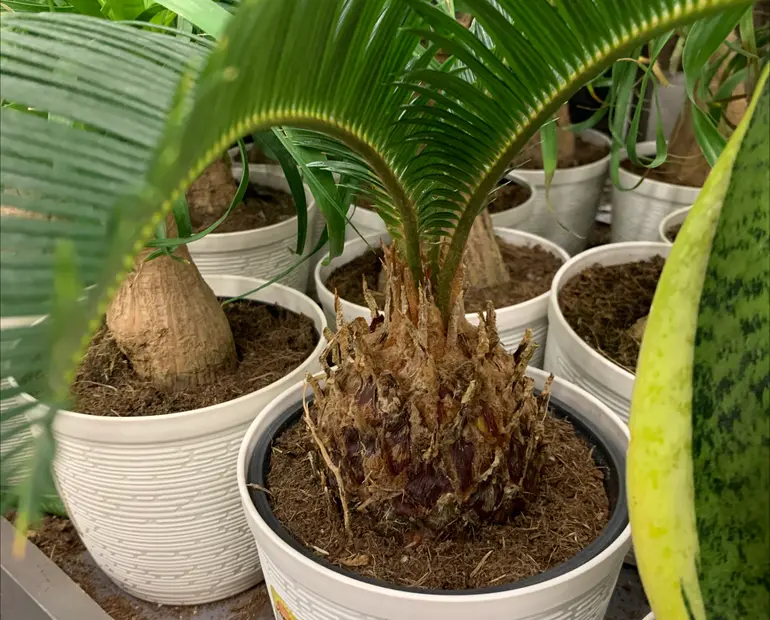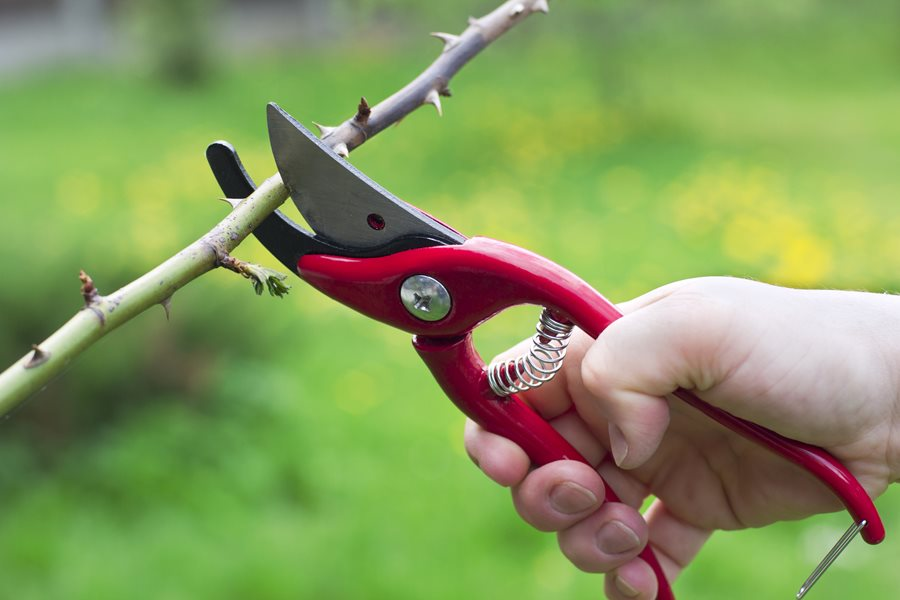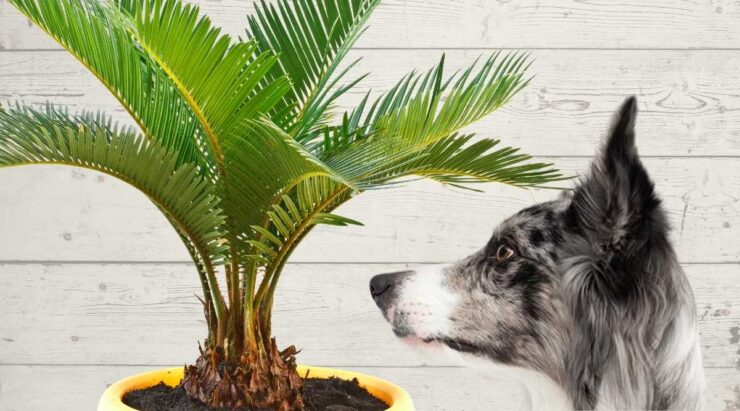Sunlight
Sago palms prefer their bright, indirect lighting or some morning direct sun. They prefer an East or West window, though a slightly diffused South window is perfect for these beauties. Afternoon direct sunlight can scorch the leaves of this plant, while too little can cause it to drop its leaves. Not sure if your space will get enough light? Measure the light to make sure it will provide enough light for your Sago Palm. If your space doesn't give enough light, then consider installing a grow light to be kept over the plant for 8-12 hours a day. Read more about Our Top Picks for Indoor Palms.


